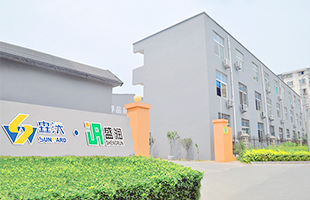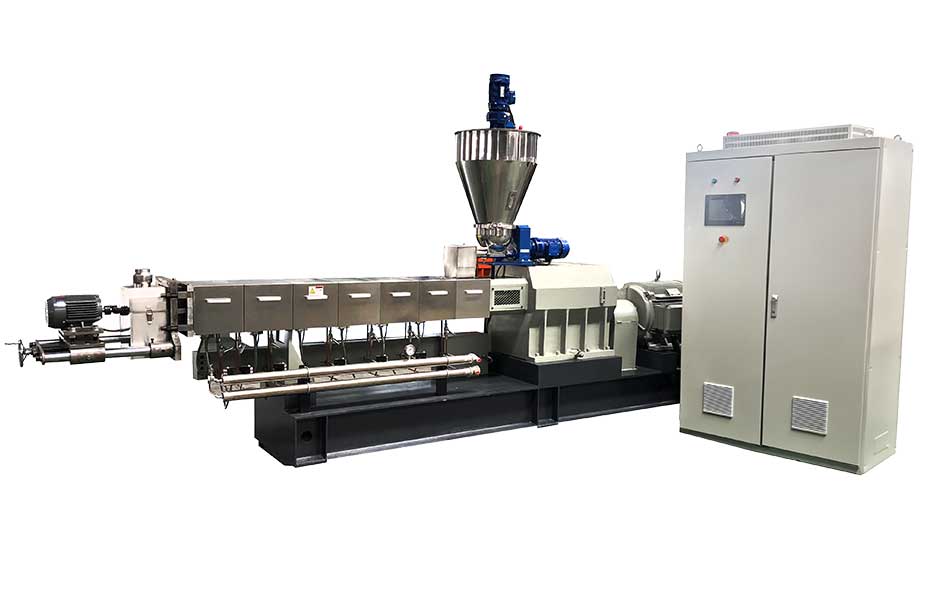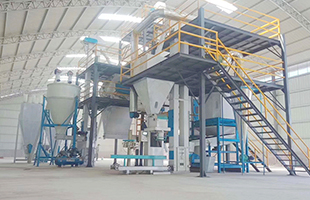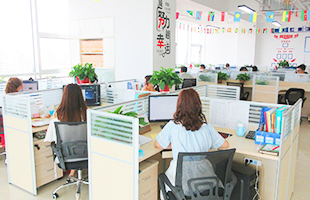Your present position: Home > News Center > Company News
Company News
How to Make Fish Feed
1. Reasonable design of feed formula
Before designing a formula, it is necessary to clarify the type and growth stage of the fish to be raised in order to determine the level of nutrients such as protein and energy in the feed. It is not only necessary to meet the protein needs of fish growth, but also to make the ratio of energy and protein moderate. Too high and too low energy-to-protein ratios are not conducive to fish growth. When designing the formula, the relationship between the nutritional level of the feed and the test weight should also be considered. It is necessary to ensure that the fish can absorb sufficient nutrients and make them feel full. Fish mainly use protein as an energy source, and the utilization rate of fat and sugar is low, so the demand for protein is higher than that of livestock and poultry. Different stages of fish growth have different requirements for various nutrients. For example, the protein content of juvenile carp feed is 41% to 43%, fingerling 37% to 42%, and adult fish is 28% to 32%.

2. Selection of feed ingredients
The selection of raw materials should be based on the principles of high quality and low price, stable supply and convenient transportation. When conditions permit, the more types of raw materials, the better, so that the essential amino acids in the feed can be balanced as much as possible, and the needs of fish for various essential amino acids can be met to the greatest extent. Must not use moldy raw materials. Moldy raw materials contain a lot of bacteria and toxins. For example, moldy corn contains highly toxic aflatoxin, which can easily cause fish diseases after feeding. Although raw materials such as cottonseed meal and rapeseed meal are cheap and have high protein content, they contain anti-nutritional factors such as gossypol and glucosinolate respectively. Excessive use will affect the growth of fish, so the dosage should be limited. , generally not more than 10%. Many farmers like to use cheap oil residue and meat patties, but these raw materials are mixed with a large amount of animal skins, which affects the smooth progress of the crushing and granulation process, and the fish is not easy to digest after eating. The fats contained in the oil residue and meat patties are all saturated fats. The utilization rate of saturated fats by fish is low. Excessive intake of rancid fats will also cause fish to suffer from fatty liver and other diseases. Therefore, the dosage of such raw materials should be Controlled below 5%. In addition, when selecting raw materials, attention should also be paid to the moisture content of the raw materials. Excessive moisture will reduce the nutritional value of the feed, and may also cause mildew of the feed and shorten the storage time of the feed.
3. Process control
The technological process of producing self-formulated feed in rural areas generally includes crushing, mixing, and conditioning before pelleting where conditions permit.
Mixing is the main link to ensure the quality of compound feed and improve feed effect. Feeding practice shows that if the ingredients in the compound feed are not mixed evenly, the growth of fish will be significantly affected, and even death will be caused in severe cases. This is because the uneven mixing makes the various nutrients in the same batch of feed unevenly distributed, and the effect of the formula cannot be achieved. Too high local concentrations of certain additives such as heavy metals can cause fish poisoning and death.
News Center
Contact Us
Mobile:+8618865912025
Whatsapp:+8618865917315
Tel: 0086-531-67877802
E-mail: carol@cnsunward.com
Factory Add:No. 90, Dangyang Road, Shizhong District, Jinan, China
INQUIRY >







